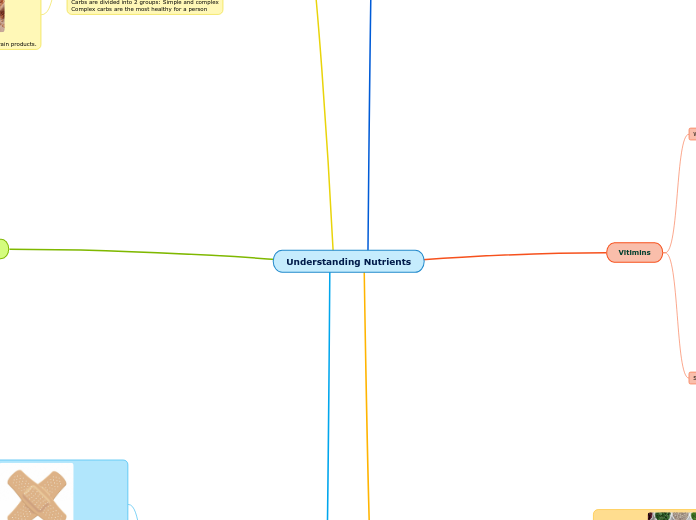av McKay Blatter 5 år siden
1054
Pharmacokinetics (cont.)
Pharmacokinetics focuses on the movement of drugs within the body post-administration, with a particular emphasis on antibiotics. The journey begins with oral ingestion, where the drug must cross the cell membranes of enterocytes to enter the bloodstream.









